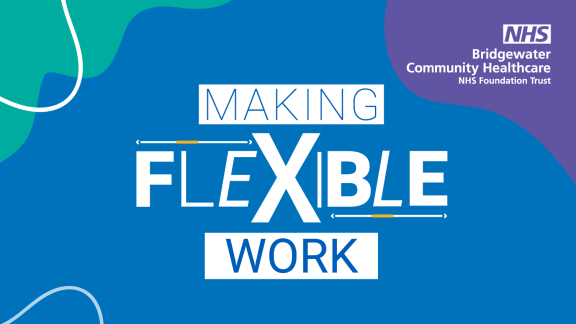How the 2021 NHS Staff Survey will make a difference

In this blog, John Drew, director of staff experience and engagement at NHS England and NHS Improvement, shares why he thinks the 2021 NHS Staff Survey will make a difference to understanding and improving employee experience and retention.
There is clear evidence that quality of employee experience is strongly linked to quality of patient care, and people’s daily experience at work – and especially the team that they are part of – is the biggest driver of whether they decide to stay with their employer or leave.
To deliver the highest quality care, we must look after every one of our NHS people. The annual NHS Staff Survey helps us all to do that, by providing rich data to help understand employee experience, year on year, and identify what needs to improve.
The People Promise, published in July 2020 alongside the People Plan, provides in the words of our NHS people a consistent set of values and expectations for everyone, wherever they work in the NHS.
By aligning the 2021 Survey results with the seven elements of the Promise, we now have for the first time a consistent, robust way of measuring employee experience across the NHS in England.
We consulted widely before making any changes through extensive engagement with NHS colleagues, practitioners and industry experts. Cognitive testing took place on the wording of the questions to ensure that everyone interprets them in the same way, regardless of their job or background.
Much of the survey remains unchanged, with the questions simply regrouped to align with the elements of the People Promise. Employee engagement and morale themes have strong correlation with quality of care and staff experience, so questions relating to these themes are maintained.
Another improvement, introduced in response to feedback, comes in the form of the new demographic questions around gender identity and international recruitment, which will help better understand and address potential inequalities.
The Survey results can be analysed with even greater precision than before. The ability to drill down on the seven elements of the Promise and their sub-scores means the data can go beyond recognising potential issues to identifying possible solutions. The Model Health System now contains a benchmarking tool at the level of the elements of the People Promise.
This year’s survey was run in autumn 2021, 18 months into the pandemic. The results, to be published on 30 March 2022, will inevitably reflect the context of a prolonged and demanding period and its impact on people’s personal and working lives.
In recognition of this, the Survey includes new, evidence-based questions on ‘burnout’, as defined by the Copenhagen Burnout Inventory research tool. This will provide, for the first time, consistent data indicating how best to address this issue rather than a reliance on proxy measures. These have been the biggest improvements to the Staff Survey in a decade. Having learnt so much from the experience of our NHS people during the pandemic and with a world that is very different to two years ago, it feels the ideal time to make these changes now.
The People Promise sets a higher aspiration for what it should feel like to work in the NHS. By aligning the Staff Survey results to it, we have a better way to track progress against what our NHS people have told us they want to see in their working lives. This will make the Survey a stronger tool than ever before to make sure the NHS is the best place to work.



